Master Bumper Paint Touch-up: Fix Scratches Like a Pro
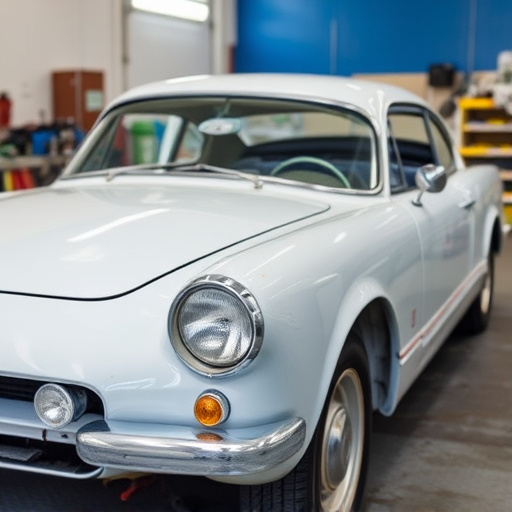
Bumper paint touch-up kits offer a convenient and cost-effective way for car owners to repair minor…….
In the ever-evolving automotive industry, where style meets functionality, the humble bumper paint touch-up has emerged as a game-changer. This seemingly simple process involves more than just restoring a car’s exterior; it encompasses a complex interplay of aesthetics, protection, and precision craftsmanship. As vehicles become increasingly personalized and advanced, understanding the art and science behind bumper touch-up becomes essential for both automotive enthusiasts and industry professionals. This comprehensive article aims to explore every facet of bumper paint touch-up, from its foundational principles to future prospects, shedding light on its significance in shaping the way we interact with our vehicles.
Definition: Bumper paint touch-up is a specialized automotive restoration technique focused on repairing and refinishing the painted surfaces of a vehicle’s bumpers. It involves matching the original factory finish precisely to restore the bumper to its like-new condition, ensuring both visual appeal and structural integrity.
Core Components:
Paint Matching: The heart of any successful touch-up lies in accurately matching the existing paint on the car. This meticulous process requires skilled technicians to analyze the color, hue, and gloss level of the original paint, often using advanced tools like spectrophotometers for precise measurement.
Surface Preparation: Before applying new paint, the bumper’s surface must be thoroughly cleaned and prepared. This step involves removing dirt, grease, and existing paint imperfections, ensuring a smooth base for the touch-up coat. Sanding and priming are critical to achieving a seamless finish.
Touch-Up Paint and Application: Skilled technicians select high-quality touch-up paint that precisely matches the car’s original color. This paint is then expertly applied using various tools, including brushes, spray guns, or airbrushes, ensuring even coverage and minimal overspray.
Historical Context: The practice of bumper touch-up has evolved alongside automotive design and manufacturing trends. As vehicles became more complex and expensive to produce in the late 20th century, manufacturers began emphasizing customization and personalization. This shift led to an increased demand for precise paint matching and repair techniques, solidifying the role of bumper touch-up as a critical component of vehicle maintenance and customization.
Bumper paint touch-up has transcended geographical boundaries, influencing automotive cultures worldwide. Each region brings its unique style and preferences to the table, shaping the global trends in bumper aesthetics:
| Region | Trends and Preferences |
|---|---|
| North America | Americans tend to favor bold, vibrant colors for bumpers, often matching them with aggressive vehicle body styles. Customization is a significant aspect, with many owners opting for unique paint jobs that reflect their personalities. |
| Europe | Europeans lean towards more subtle and elegant color schemes, with a preference for metallic and pearl finishes. Minimalist designs and the preservation of original factory aesthetics are popular trends. |
| Asia Pacific | The vast Asian market showcases a diverse range of preferences. Bright, eye-catching colors are common in urban areas, while more conservative tones dominate rural markets. Custom bumper wraps are gaining popularity, offering easy customization without traditional painting. |
These regional variations demonstrate the dynamic nature of automotive aesthetics, influencing everything from paint choices to repair techniques. As global travel and communication become easier, these trends are likely to merge and evolve, creating a truly international automotive culture.
The economic landscape surrounding bumper paint touch-up is both complex and interconnected. Several key factors shape this industry:
Market Dynamics: The global automotive repair and restoration market, driven by the growing demand for personalized vehicles, is expected to reach USD 462.3 billion by 2027, according to a report by Grand View Research. Within this market, bumper touch-up services are a significant segment, fueled by both do-it-yourself (DIY) enthusiasts and professional repair shops.
Investment Patterns: The rise of specialized automotive paint stores and equipment suppliers has created a thriving ecosystem for bumper touch-up professionals. These businesses cater to the demand for high-quality materials and tools, ensuring technicians have access to the latest advancements.
Economic Impact: Bumper touch-up contributes to local economies by supporting independent repair shops and creating employment opportunities. Moreover, it encourages customer loyalty, as vehicle owners are more inclined to maintain their custom-painted bumpers, fostering repeat business for repair facilities.
Technology has played a pivotal role in transforming bumper paint touch-up from a time-consuming manual task into a more efficient and precise procedure. Some notable advancements include:
Advanced Paint Technology: Modern automotive paints offer improved durability, scratch resistance, and UV protection compared to traditional formulations. These advanced paints require specialized application techniques, ensuring that technicians stay updated with the latest trends.
Digital Color Matching: The introduction of digital color matching systems has revolutionized paint selection. These tools use high-resolution cameras and software algorithms to analyze and match colors accurately, reducing human error and improving consistency.
Robotic Spraying: Robotic spray painting systems offer unparalleled precision and efficiency in applying paint to complex bumper shapes. They ensure even coverage, minimize overspray, and reduce the risk of human fatigue, making them particularly beneficial for large-scale repair facilities.
Online Tutorials and DIY Tools: The rise of online automotive forums and video tutorials has empowered DIY enthusiasts to tackle bumper touch-up themselves. This trend has led to the development of user-friendly tools and kits designed for home users, fostering a community of automotive hobbyists.
The automotive industry, including bumper paint touch-up, operates within a stringent regulatory framework aimed at ensuring safety, environmental protection, and product quality. These policies have a direct impact on how touch-up services are conducted:
Environmental Regulations: Many countries have implemented strict regulations regarding the disposal of automotive paints and solvents to minimize environmental pollution. Technicians must adhere to these guidelines, using proper waste management practices and eco-friendly materials whenever possible.
Safety Standards: The National Fire Protection Association (NFPA) and similar organizations provide safety standards for the handling and application of flammable paints, including automotive finishes. These standards dictate training requirements, equipment use, and workspace ventilation to protect technicians from hazardous situations.
Product Certification: Paint manufacturers must obtain certifications for their products to ensure they meet specific performance criteria. This includes resistance to fading, chipping, and environmental factors, all of which impact the long-term success of a bumper touch-up job.
Despite its numerous benefits, bumper paint touch-up faces several challenges and criticisms that hinder its widespread adoption and acceptance:
Skill Requirement: Mastery of bumper touch-up is no simple feat. It demands a unique blend of artistic skill, technical knowledge, and precision. The high skill barrier can deter both DIY enthusiasts and potential professionals from entering the field.
Cost Concerns: High-quality touch-up materials and equipment can be expensive, making it challenging for individual technicians or small repair shops to invest in these resources. This disparity can lead to inconsistent quality across different service providers.
Legal and Insurance Issues: In some jurisdictions, there are legal complications surrounding DIY touch-ups, particularly regarding liability for repairs. Insurance companies may also have specific requirements, adding complexity for both professionals and enthusiasts.
Strategies for Overcoming Challenges:
Training Programs: Establishing comprehensive training programs can help address the skill gap by teaching individuals the intricacies of bumper touch-up. These programs can be offered through vocational schools, community colleges, or online platforms, making skilled technicians more accessible.
Affordable Equipment and Supplies: Encouraging manufacturers to develop affordable yet high-quality equipment and materials can democratize access to bumper touch-up. Bundle deals and rental options for specialized tools can also alleviate financial barriers.
Legal Clarity and Insurance Solutions: Advocacy groups and industry associations can work with regulatory bodies to create clear guidelines for DIY touch-ups, protecting both consumers and repair technicians. Custom insurance plans tailored to the automotive restoration industry could also address legal concerns.
The Story: A small, family-run repair shop in California specializes in restoring classic American muscle cars. Their bumper touch-up service has become legendary among car enthusiasts for its ability to revive the original factory finishes on these vintage vehicles.
Methodology: The technicians at this shop start by extensively researching the original paint schemes and specifications of each car. They use traditional techniques, including hand sanding and custom mixing of paints, to achieve a flawless match. Their attention to detail and passion for automotive history have earned them a loyal customer base.
Impact: This case highlights the art and craftsmanship behind bumper touch-up, demonstrating how it can become a defining feature in automotive restoration projects. The shop’s success attracts car owners from across the country, fostering a community built around the appreciation of classic vehicles.
Scenario: Sarah, a young professional with a passion for cars, decides to learn bumper touch-up as a hobby. She starts by watching online tutorials and investing in basic tools and high-quality paint from a reputable automotive supplier.
Process: Sarah begins by practicing on an old bumper from a junkyard, mastering the art of matching colors and applying paint evenly. After several successful trials, she attempts to touch up a minor scratch on her friend’s brand-new SUV. With careful preparation and precise application, the repair is nearly invisible.
Outcome: This case study illustrates how accessible online resources and affordable tools have made bumper touch-up a viable DIY project for automotive enthusiasts. Sarah’s experience not only saved her money but also fostered a deeper appreciation for the intricacies of vehicle maintenance.
As technology continues to advance, the future of bumper paint touch-up promises exciting possibilities and growth areas:
Virtual Reality (VR) Training: VR technology can revolutionize training programs by simulating real-world repair scenarios. This immersive approach will enable individuals to gain hands-on experience in a controlled environment, reducing the learning curve associated with bumper touch-up.
Automated Paint Mixing: Advanced automation in paint mixing systems could streamline the color matching process, improving efficiency and consistency. These systems would utilize sensors and algorithms to precisely create custom colors, eliminating human error.
Sustainable Materials: The industry is likely to see a shift towards eco-friendly materials and practices. Biodegradable paints, water-based solutions, and recycled content will gain prominence as consumers demand more sustainable options.
Global Standardization: With the increasing globalization of automotive trends, there may be a move towards standardizing certain touch-up techniques and quality criteria worldwide. This standardization could facilitate cross-border business opportunities and ensure consistent consumer experiences.
Bumper paint touch-up is more than just a cosmetic enhancement; it plays a critical role in vehicle protection, value retention, and personalized expression. As the automotive industry continues to evolve, this specialized craft will remain an essential service for both professional repair shops and DIY enthusiasts. By embracing technological advancements, addressing regulatory challenges, and fostering a culture of skill development, bumper touch-up can reach new heights, ensuring that our vehicles not only look their best but also stand the test of time.
Q: Can I learn bumper touch-up without formal training?
A: While it’s possible to attempt basic touch-ups as a DIY project, formal training significantly enhances your chances of achieving professional results. Skilled technicians possess specialized knowledge and techniques that ensure precise color matching and long-lasting repairs.
Q: How do I choose the right paint for my bumper touch-up?
A: Start by identifying the original factory paint color or take a sample to a reputable automotive paint store. They can use advanced tools to match the color precisely. Consider high-quality, fast-drying paints designed specifically for touch-up work to ensure optimal results.
Q: Are there environmental concerns associated with bumper touch-up?
A: Like any automotive painting process, proper waste management is crucial. Use eco-friendly materials and solvents whenever possible, follow local regulations, and dispose of paint waste responsibly to minimize environmental impact.
Q: Can I use the same paint for a complete car repaint as I would for a bumper touch-up?
A: While it’s technically possible, using the same paint for an entire car repaint and just a touch-up on the bumpers may not yield consistent results. Bumper paint is designed for local repair and subtle color matching, whereas full car paints require more robust formulas to cover larger areas uniformly.

Bumper paint touch-up kits offer a convenient and cost-effective way for car owners to repair minor…….
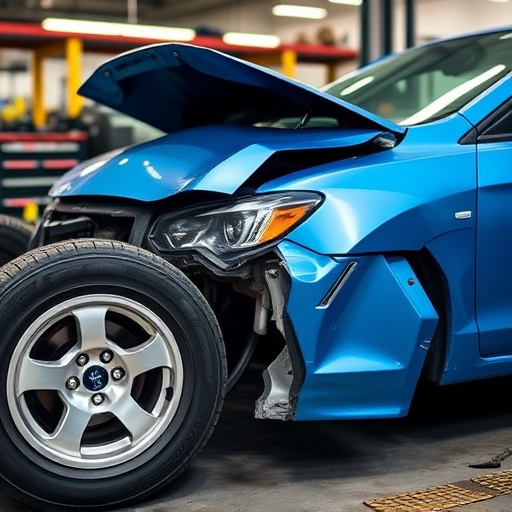
Bumper paint touch-up is a cost-effective and eco-friendly way to restore car aesthetics without ful…….

After bumper paint touch-up services, meticulous inspection is crucial to ensure long-lasting result…….

Bumper paint touch-ups are essential for maintaining car aesthetics and value, offering cost-effecti…….
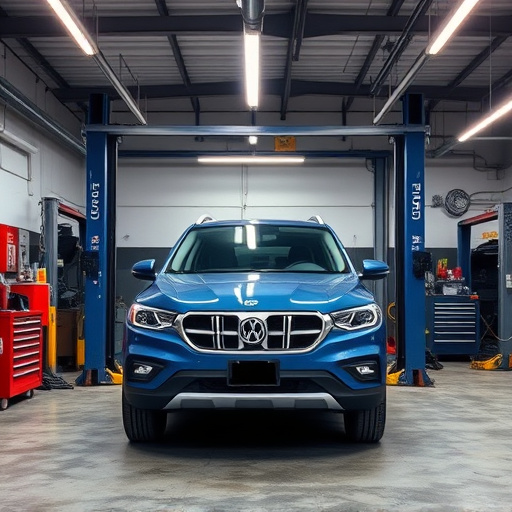
Bumper paint touch-up is a cost-effective car repair solution for scratches and dents, offering prec…….
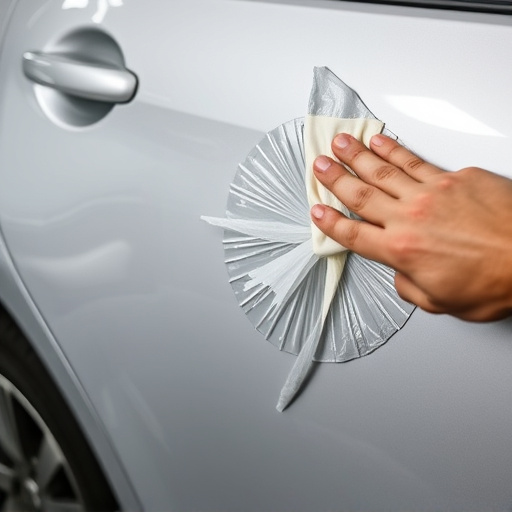
Bumper paint touch-up is a swift, cost-effective solution for minor bumper damage, involving prepara…….
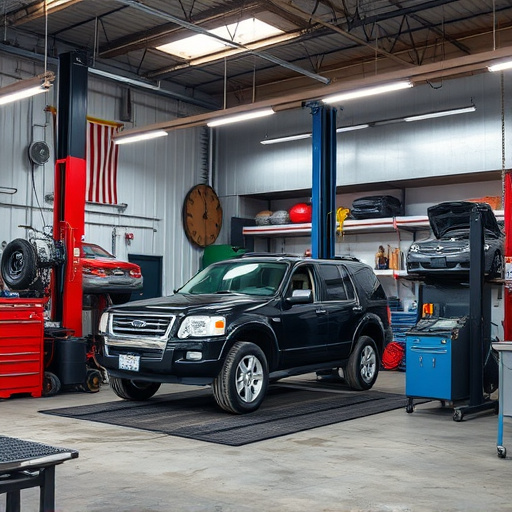
Bumper paint touch-up is an art in auto body repair, requiring skilled technicians to meticulously r…….
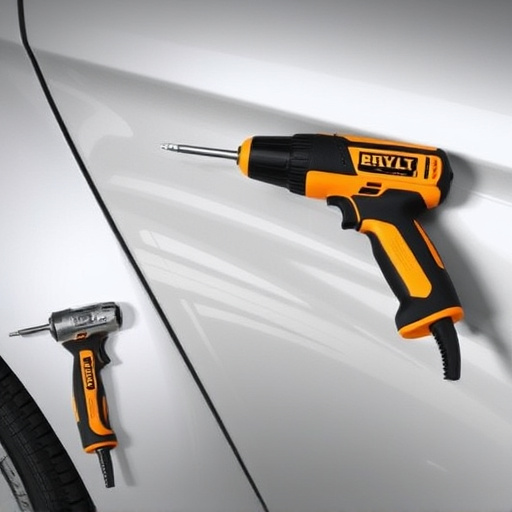
Meticulous inspection from multiple angles is crucial for achieving complete coverage in bumper pain…….
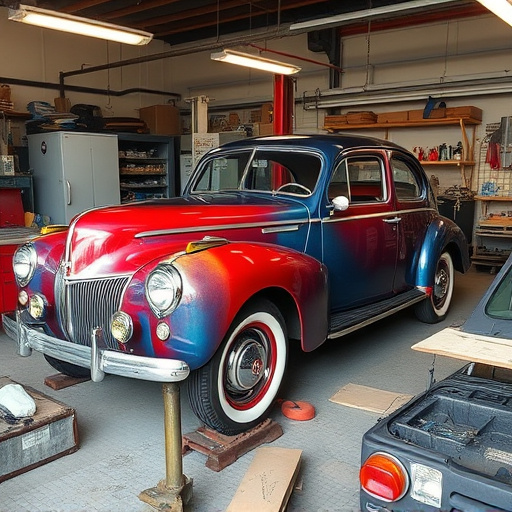
Bumper paint touch-up is an art requiring skill and precision to restore vehicle protectors. It invo…….
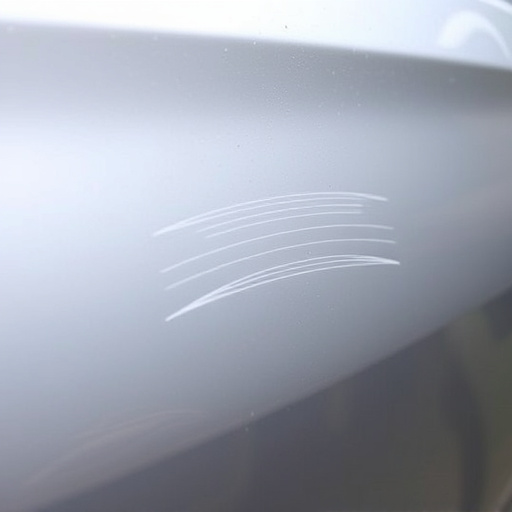
Bumper paint touch-up costs vary with damage severity, repair scope, and location. Minor dents cost…….